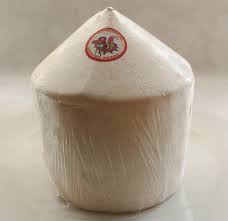
Day 4: Fibre? What Fibre?
How often do you stop and think about how much fibre you have in your diet? If you simply don’t, then perhaps now is a good time to start!
There are two types of fibre and both are important when it comes to digestion.
One, commonly known as “roughage”, is also known as insoluble fibre – it cannot be digested. But it’s important as it adds bulk to the stool and works like a bit of a scouring pad as it moves through, helping keep you clean on the inside.
The other type is soluble fibre. “Soluble” because it absorbs water. This has several advantages: it can prevent the stool from being overly watery or too loose, help keep you regular, and it also helps by moderating blood sugar levels, binding cholesterol, toxins and “used up” hormones, and carries them all they way to the toilet. Awesomeness, right there!
How much fibre do you need? Most people in NZ don’t consume enough: Adults need about 25-30g per day, more (30-40g per day) if you have diabetes or to improve heart health. Work out how much fibre you’re getting in a day by checking your intake against this list. One tip for ensuring you get enough fibre is to aim for at least 5 servings of vegetables each day and up to 2 of fruit.
An important feature of fibre is that it is also providing nutrients that feed the gut microbiome, helping keep you healthy on the inside. If you find fibre is causing unpleasant symptoms, it suggests that the microbiome is out of balance – always increase your fibre slowly. If you can’t reach the recommended intake without problems, we recommend a digestive diagnostics session with one of our consultants.











